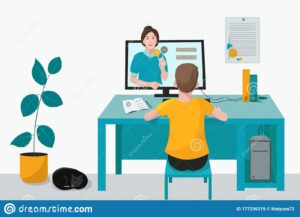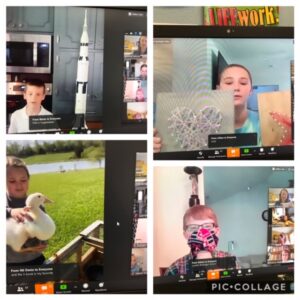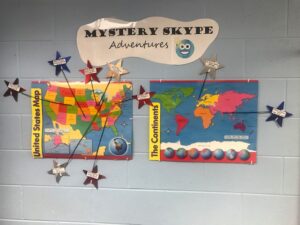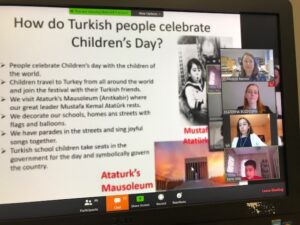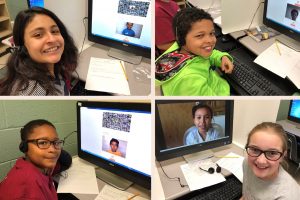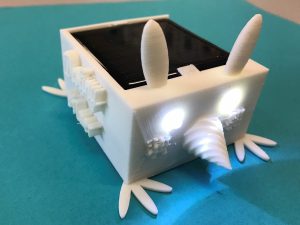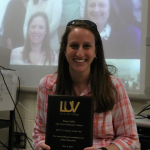Choice boards have been a hot topic in recent years, and whether you have dove in or not, here are a few tips for making choices boards purposefully and engaging for beginners and choice board lovers:
Make it FUN and Engaging. Consisted a theme that the students will connect with.
What standards do you want to cover? Keep it manageable and concise.
Consider the modes that students will use to complete the activities. You want to have something for auditory, tactile, and kinesthetic learners, but also keep the rigor similar for all modes.
Keep in mind the amount of time they will have for the assignment(s).
Be prepared for early finishers and slow starters.
Here is a short video that goes into greater detail with a few examples of how to construct the boards.
Written and produced by Jennifer Blais. Jennifer is an ITS for Salem HS and Green Run HS in Virginia Beach. You can connect with her on Twitter @MsJenBlais and see more of her work on her YouTube channel.

